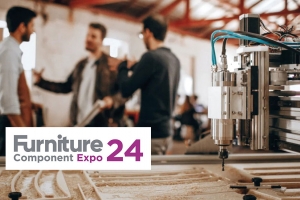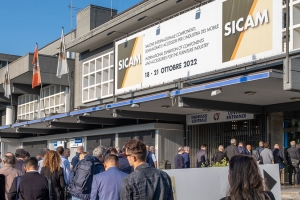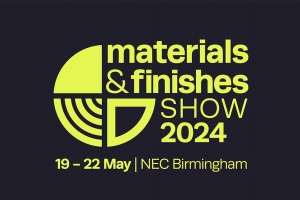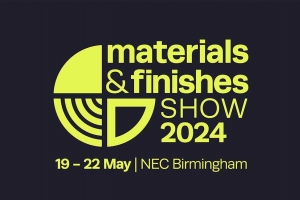Creative industries can claim tax credits for technically challenging work. Jack Nottingham from TCM Capital explains how your business could work towards and benefit from this.
The R&D tax incentive was introduced in the year 2000, when the UK joined a number of other countries offering similar tax incentives to drive innovation across industries. The main aim was and still is, to incentivise and reward businesses for extending their capabilities and skillset when undertaking technically challenging projects each year, keeping the UK at the fore front of innovation, and stimulating growth in the economy.
Why was it introduced?
Businesses are often reluctant to take on projects that push them outside of their comfort zone and existing skillset, generally through fear of going over budget or time. This may ultimately even lead to them not delivering what the client wanted potentially losing valuable business in the future. Therefore, the government stepped in and introduced the proverbial carrot to change our appetite for risk and propel us towards innovation.
For qualifying projects, the benefit is equal to a portion of the costs invested in the form of a tax reduction or direct cash injection. These costs may involve staff time, subcontractors, agency workers, consumed materials and software licences. The rebates can be claimed retrospectively.
The benefit applies to both profit and loss-making companies, something that’s often misunderstood. Another common misconception is that a project has to be “first of kind” in the industry to qualify, which I can understand as R&D evokes images of rocket scientists working on the next big breakthrough in science or space travel. To qualify, a project only needs to meet two fundamental criteria i) if you find yourself extending your capabilities above the baseline norm for your business ii) You have over come some kind of technical uncertainty in the work that’s being undertaken, then you’re likely to be able to recoup a % of those costs spent on that project.
The real litmus test is to determine if the work being undertaken qualifies as R&D. Did your project team face certain uncertain outcomes at the start of the project that involve new processes/methodologies of any kind? If so, it means that your team did not know whether or not a certain outcome was achievable, this is a great indicator for R&D tax credits.
R&D starts with round table discussions, market research, early design mock ups, prototyping/small batch production and ends once the finished product is viable in a large-scale production.
Failed projects are also often overlooked for R&D purposes, you may have set out to launch a new product or seek to improve your processes, but due to complexities, funding, or a change in client requirement were unable to do so.
What’s in it for me?
The incentive is designed to reward small and large businesses for improving and innovating in their respective fields, eligible companies can claim between 13% and 33% of their staff, subcontractor, consumables, software and utility costs that can be attributed to qualifiable projects each year.
There are many businesses in the manufacturing and product development industry have yet to be told if they can qualify for R&D tax relief, so sadly they miss out on vital cash to the business each year.
The average claim size is around £30,000 to £40,000, however there is no maximum or minimum figure. In our experience successful claims usually come from businesses spending no less than £130,000 on staff salaries (including subcontractors) per annum.
How does it relate to my business?
Examples on the specific sub-sectors and R&D activities that could be eligible for a claim include:
- Manufacturing: Furniture, Fixtures and Equipment: New product development, product improvement, internal efforts to become more efficient to reduce cost of manufacturing, efforts to implement automation.
- Fabrication businesses: Working to tight tolerances, creating complex structures, making bespoke jigs and fixtures to improve efficiencies and develop new products.
- Joinery: Bespoke design and creating complex structures, integrating electronic sensors/devices to turn into smart.
- Textiles Development: Creating unique dyes or fabrics to increase longevity and fire resistance.
The following may apply to some or all the respective subsectors: Engineering efforts to adapt tooling/machinery, software design/development, sustainability efforts (moving from traditional materials to non-routine) and utilising exotic materials, improving efficiency/improving throughput of production, enhancing existing processes to improve productivity and reduce waste.
What do I do next?
If you’re interested in finding out if you’re eligible, the first step would be to have an informal chat to see how/if your business qualifies, taking no longer than 5-10 minutes. We look to understand your projects over the last 2 years and identify a few standout projects. If successful, your involvement is 2/3 hours of your time to offer up the information needed for us progress your claim.
Author – Jack Nottingham
07497 159420
jnottingham@tcmcapital.co.uk










